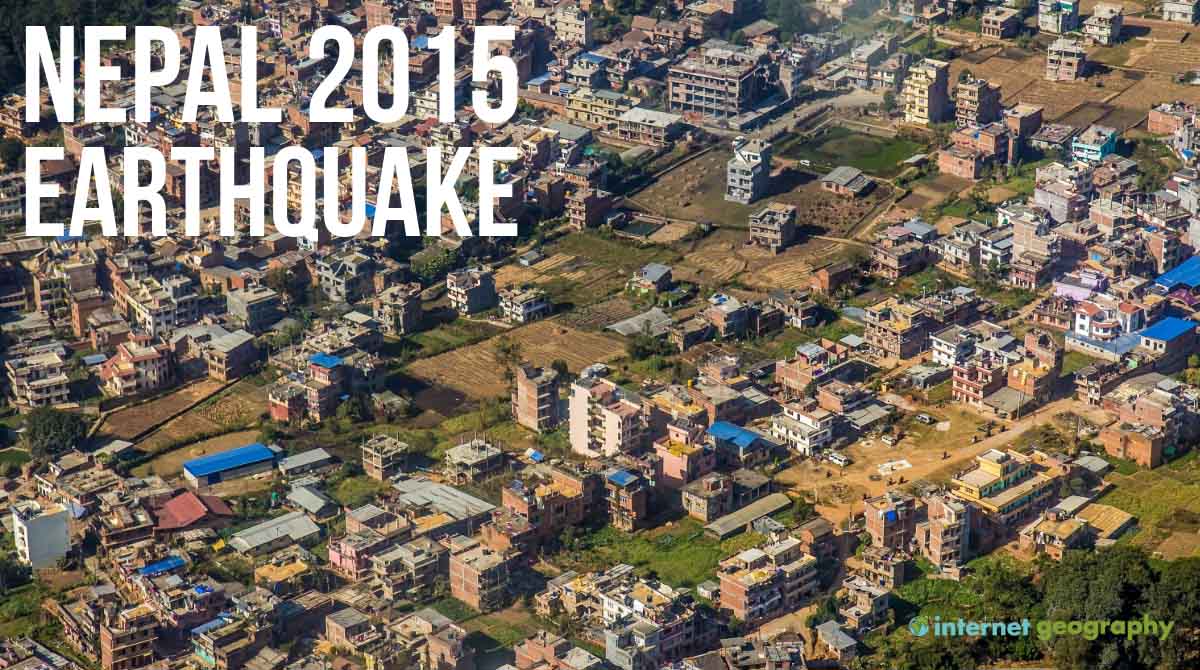Date and Magnitude
The 2015 Nepal earthquake struck around midday on 25 April, reaching a magnitude of 7.8. The collision between the Indian and Eurasian tectonic plates triggered this seismic event. There were over 300 aftershocks, some reaching magnitude 7.0.
Location
The earthquake’s epicentre was located approximately 80 km north of Kathmandu, Nepal’s capital, at a relatively shallow depth of 15 km.
Cause
The earthquake was caused by tectonic stresses accumulated from the ongoing collision between the Indian plate, which is moving northward and the stationary Eurasian plate. This collision zone is known for its seismic activity, resulting in frequent and sometimes devastating earthquakes.
Short-term Impacts
The immediate aftermath of the earthquake was catastrophic:
- Approximately 8,600 people lost their lives. Fatalities were very high in urban areas.
- Around 19,000 individuals sustained injuries.
- Significant avalanches were triggered on Mount Everest and in the Langtang Valley.
- Infrastructure damage included over 600,000 houses destroyed or severely damaged, and around 1,000 healthcare centres were similarly impacted.
- The destruction also extended to several UNESCO World Heritage sites, including the Changu Narayan Temple and Dharahara Tower.
- Transport and communication were severely hindered by landslides blocking roads and destroying villages, such as Ghodatabela, where around 250 people were killed.
Long-term Impacts
The long-term effects continued to resonate years after the event:
- The economic toll was estimated at around USD 10 billion, approximately 35% of Nepal’s GDP at the time.
- Efforts to rebuild included reconstructing over 7,000 schools, but two years after the event, 70% of those displaced still resided in temporary shelters.
- Initiatives such as stricter building codes were introduced to mitigate future disasters, although enforcement has been inconsistent.
- Financial aid included grants from the Asian Development Bank ($3 million) and other international bodies totalling millions of dollars. However, there were challenges in repaying and effectively using these funds for reconstruction.
Effect of Economic Development on the Impacts
Nepal’s ability to prepare for, respond to, and recover from the earthquake was significantly compromised, as it is a developing country. The high fatality rates and extensive destruction were mainly due to inadequate infrastructure, poor building standards, and limited emergency response capacity. Economic limitations hindered immediate relief efforts and prolonged the recovery phase, significantly challenging Nepal’s economic development.
Summary
Flashcards
Coming soon

